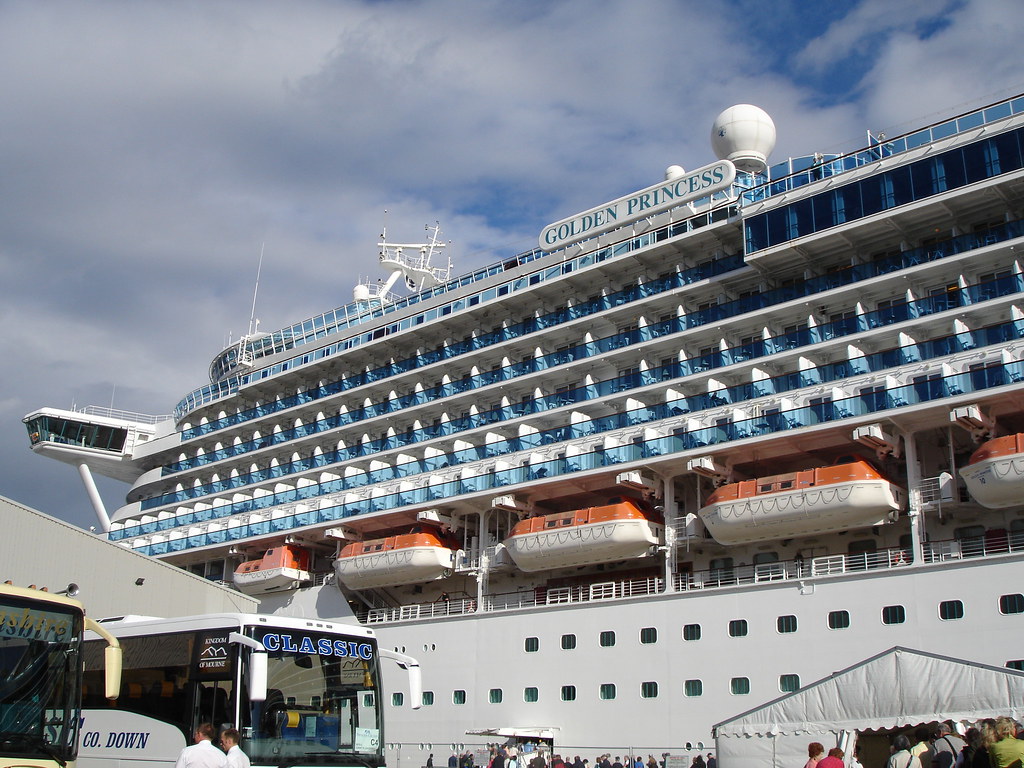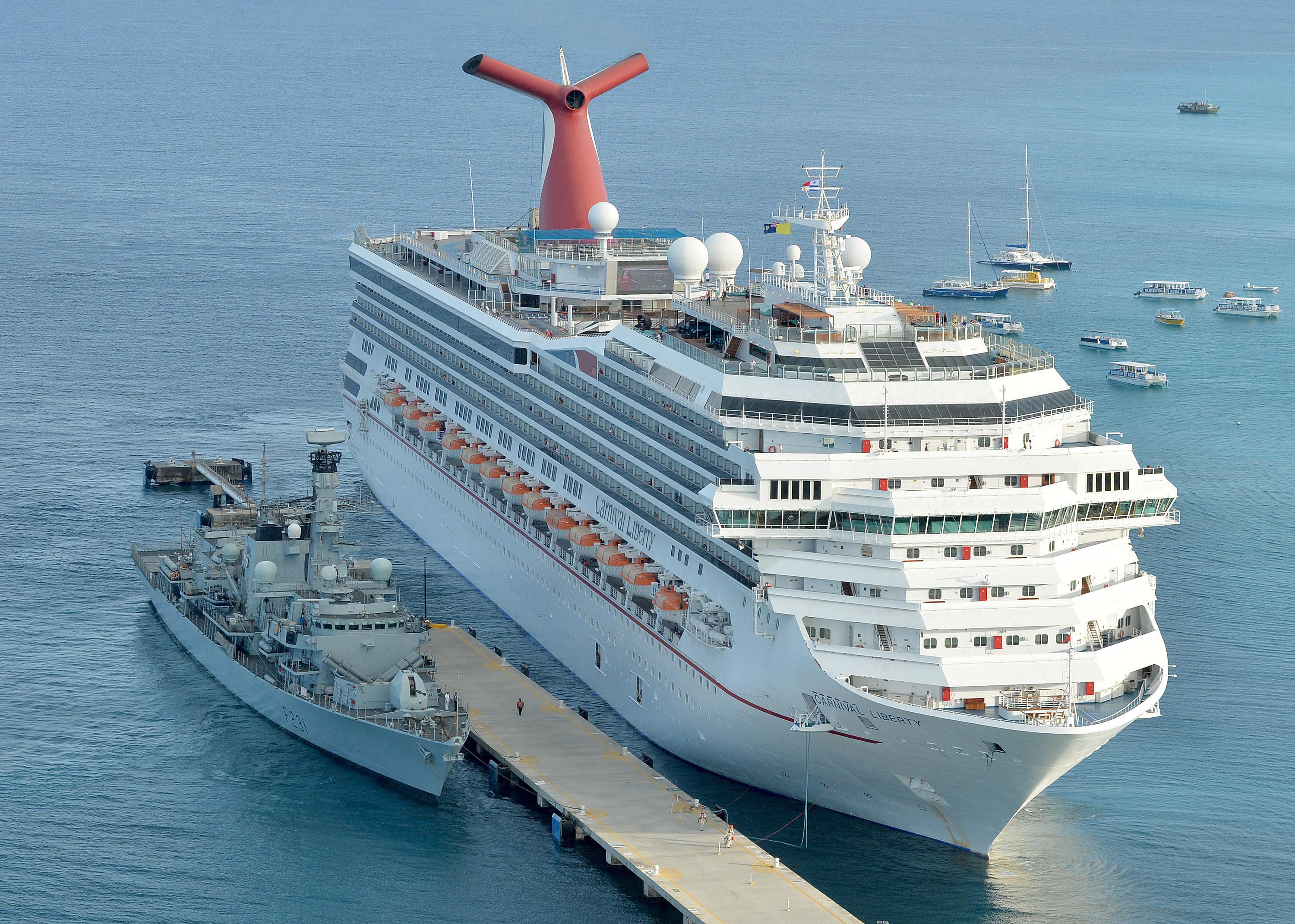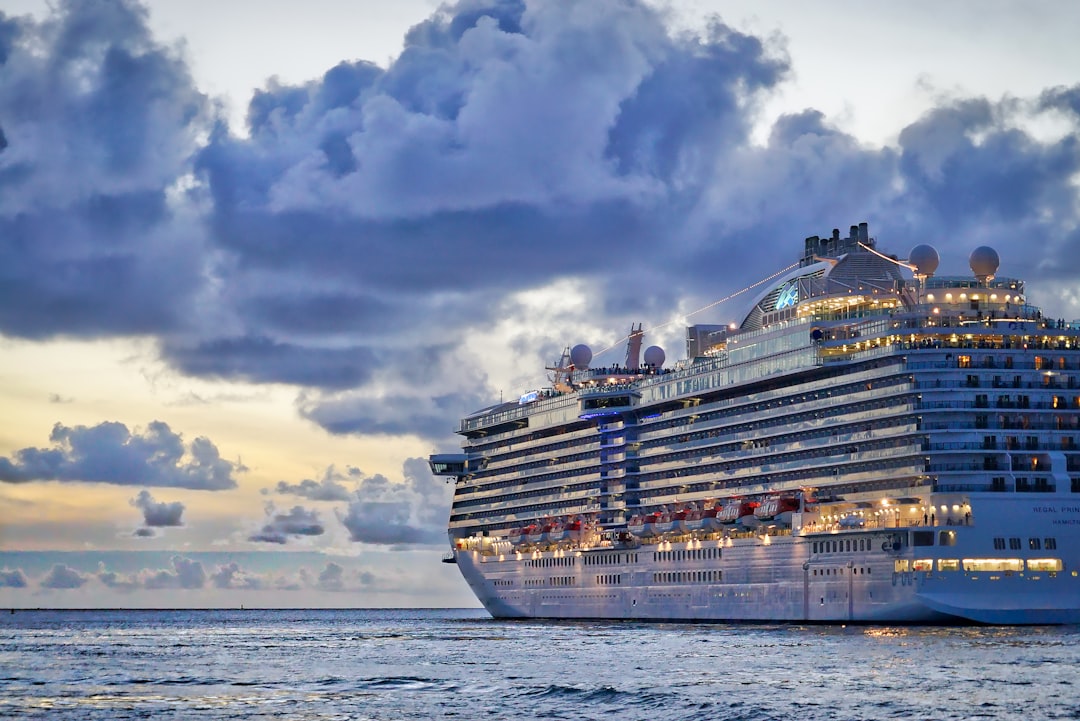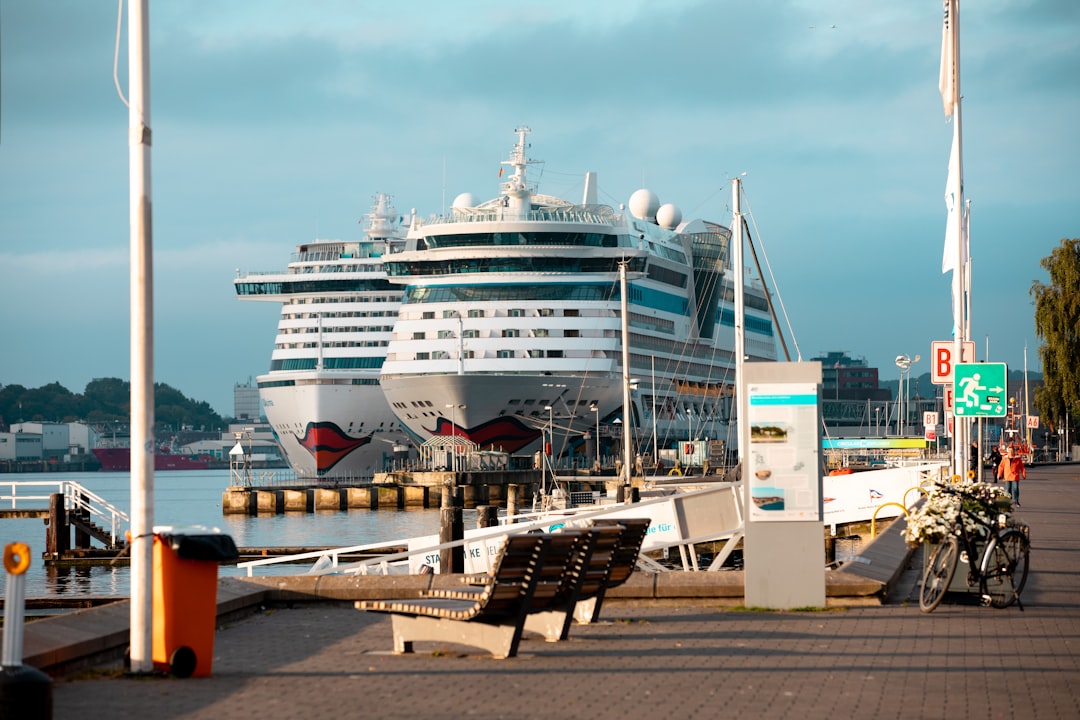The cruise industry has hit record-breaking numbers recently, with approximately 31.7 million people cruising in 2024 and forecasts suggesting approximately 34-35 million passengers will sail in 2025.
Yet stepping aboard your first cruise ship can feel overwhelming. The sheer scale of modern cruise vessels, the countless dining options, and the unwritten rules of cruise culture can leave newcomers spinning. Let me share the essential insights I wish someone had told me before my first cruise, backed by real data and experiences from the cruise community.
Gratuities Are Automatic and Higher Than You Think

Nothing shocks first-time cruisers more than discovering their final bill includes hundreds of dollars in automatic gratuities. Most major cruise lines raised their gratuity rates in 2024. These daily service charges typically range from $14.50 to $16.00 per person per day, with most lines currently charging around $16.
Here’s the reality check: a couple traveling together will see about $30 to $40 per day in gratuities, totaling over $200 for a week-long cruise. Cruise ship employees depend heavily on tips to make a living wage, with tips sometimes making up 50% or more of their total income.
The system has evolved from the old envelope-passing tradition to automatic gratuity charges that ensure consistent crew appreciation while simplifying the process for passengers unfamiliar with appropriate tipping. You can adjust these amounts at the guest services desk, though most cruisers accept the recommended rates.
Your Cabin Is Smaller Than Any Hotel Room You’ve Ever Stayed In

Cruise ship cabins are much smaller than standard hotel rooms, with most lacking space for two queen beds unless you’re staying in a lavish suite. We’re talking about spaces as compact as 150 to 200 square feet for interior cabins. Storage space is extremely limited, so pack versatile clothing items that can be mixed and matched.
Bringing two suitcases full of “just in case” outfits will leave you tripping over your luggage in these cozy spaces. Smart packing becomes essential when every inch counts. Stick to mix-and-match pieces, bring one pair of dress shoes, and don’t forget swimwear plus something warm for chilly deck evenings.
Consider your cabin location carefully. If you’re prone to seasickness, a midship cabin on a lower deck offers more stability, while light sleepers should avoid cabins near elevators, theaters, or directly under the pool deck.
Everything Costs Extra (And I Mean Everything)

A common misconception among first-time cruisers is that everything is included in the ticket price, but there are significant additional costs to consider. These extras include gratuities, specialty dining, alcoholic beverages, shore excursions, spa treatments, and some onboard activities.
The numbers add up quickly. The average cost per person for a cruise is $2,200, with an additional average of $565 spent on onboard and shore expenses. Beverage packages, specialty restaurants, and spa services often come with automatic service charges ranging from 15% to 20% on top of the listed prices.
To avoid financial shock at your cruise’s end, research these potential costs beforehand and track your onboard spending using the ship’s app or TV system in your cabin. Many cruisers discover their “affordable” cruise vacation costs significantly more than initially budgeted.
Port Days Require Strategic Planning (Not Spontaneity)

Failing to plan port activities can lead to missed opportunities or overpriced last-minute bookings, as popular shore excursions often sell out quickly, especially for popular ports of call. Most cruisers begin planning their cruise 4 to 6 months in advance, giving them time to research and book the best excursions.
Ship-organized excursions offer convenience and guaranteed return timing, but they’re typically pricier than independent options. You don’t need to book a ship-organized excursion for every port, but having some plan prevents wandering in unfamiliar destinations.
Research each port’s highlights, transportation options, and must-see attractions before sailing. Popular destinations like Cozumel or St. Thomas offer numerous independent tour operators, but booking popular attractions in advance ensures availability and often better pricing than last-minute decisions.
Your Luggage Disappears for Hours on Embarkation Day

Checked luggage goes through security, gets placed onto the cruise ship, and is delivered to your cabin several hours after you board, so your embarkation day bag should have everything you might need for the first day. Most cruise travelers hand larger bags to porters at the pier, spending a big chunk of time with only their carry-on bag.
One of the biggest mistakes cruisers make is forgetting to place medication, documents including passports, chargers, and a change of clothes in their carry-ons. On Caribbean cruises, you’ll see passengers staring longingly at pools while sweating in travel clothes because they forgot to pack swimwear in carry-ons.
Pack a change of clothes, bathing suit, and toiletries in your carry-on so if your checked bags get delayed, you can still enjoy your cruise while waiting. Never pack passports or government identification in checked luggage, as these documents are required to board and you can be denied boarding without them.
Cruise Culture Has Unwritten Rules You Need to Know

There are social niceties to follow when cruising, including being mindful of volume in common areas and hallways, picking up a clean plate every time you hit the buffet, and never using your towel to reserve a pool chair. These seemingly small etiquette points can significantly impact your fellow passengers’ experience.
The daily program delivered to your cabin each evening outlines all activities and events for the next day, so review it each evening, highlight interesting activities, and note time-sensitive events like show bookings or dining reservations. This helps balance structured activities with relaxation time.
While main dining rooms and buffets are usually available without reservations, specialty restaurants often require booking, so familiarize yourself with dining options as soon as you board and make reservations for restaurants you want to try. Understanding these cruise-specific customs helps you navigate ship life smoothly and respectfully.
Stepping aboard your first cruise ship doesn’t have to feel like navigating uncharted waters. There’s a reason most first-time cruise passengers become repeat cruisers – cruise vacations offer something for everyone, no matter their age. Armed with this knowledge about gratuities, cabin realities, hidden costs, port planning, luggage logistics, and cruise culture, you’ll board with confidence rather than confusion. What surprised you most about cruise life? Share your first-timer discoveries in the comments below.
